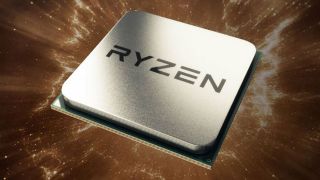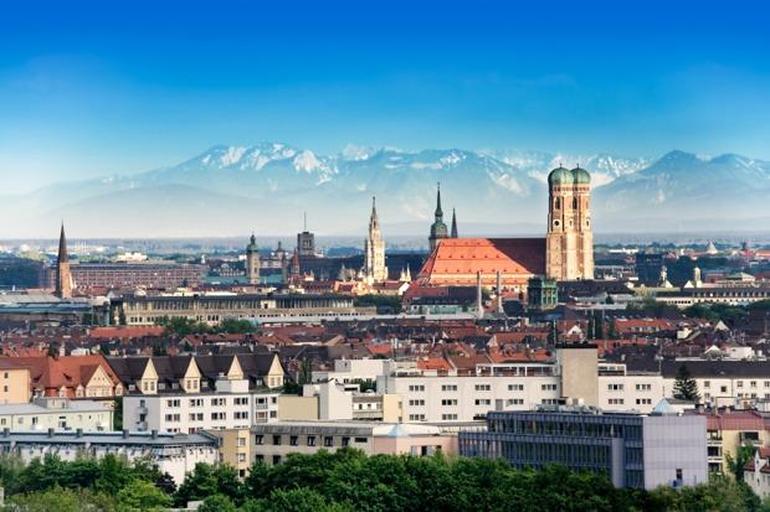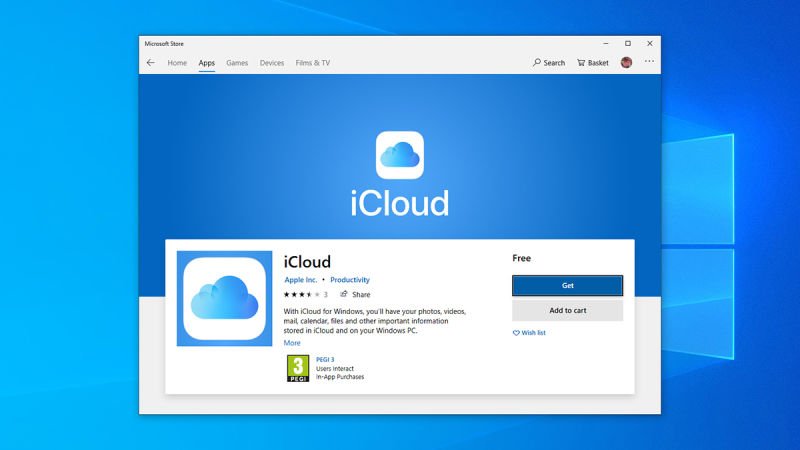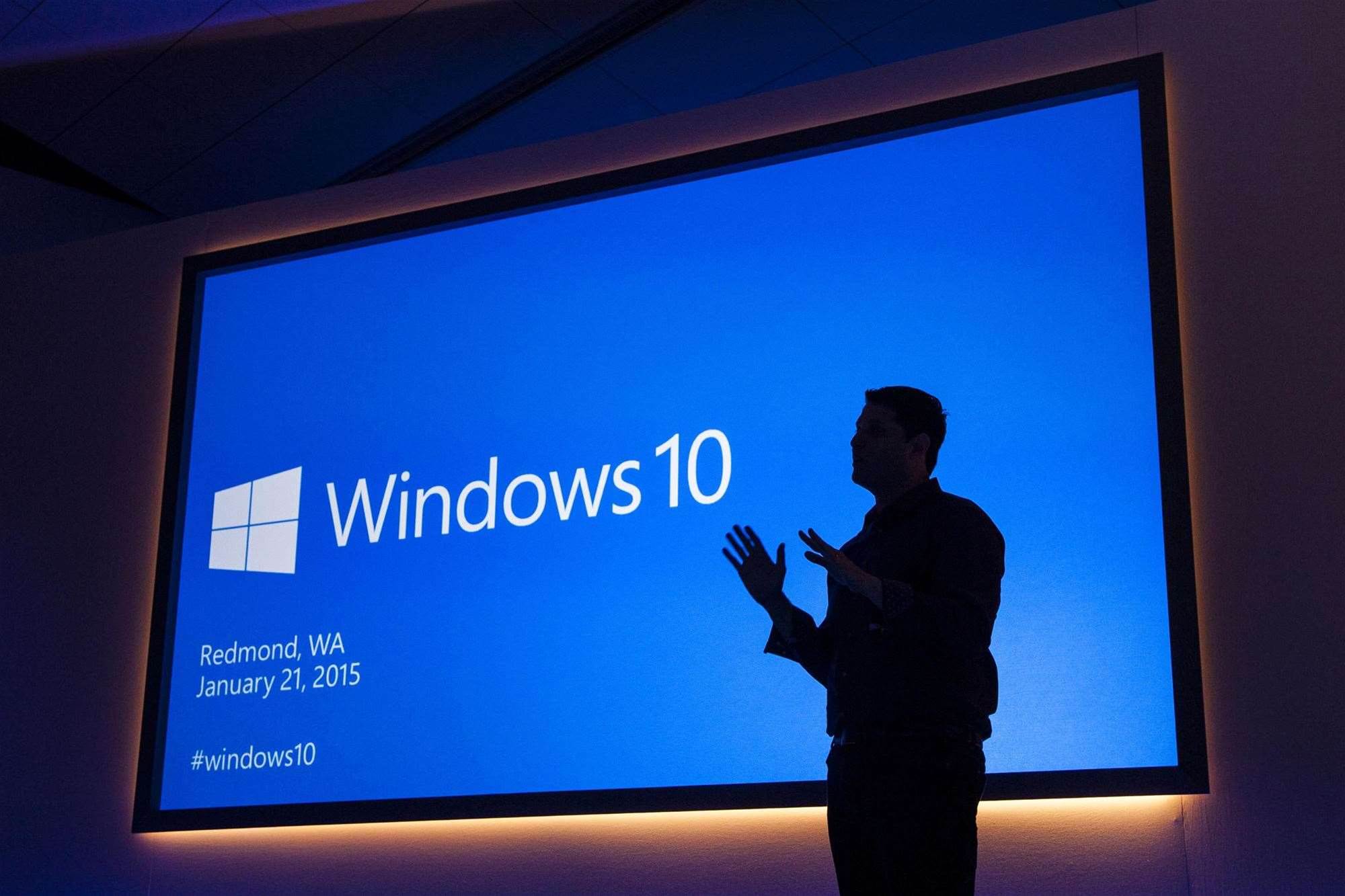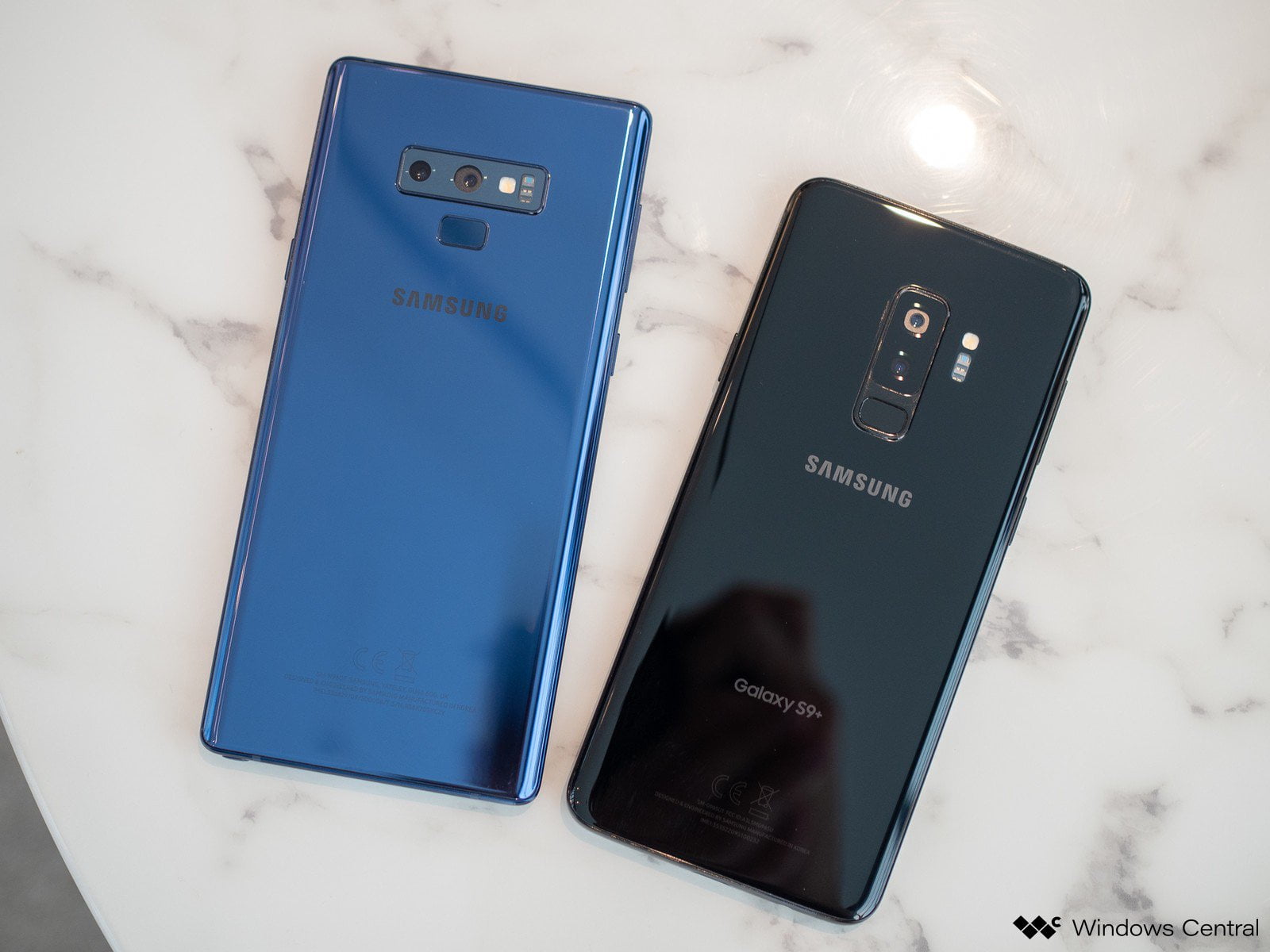

A reader asked me this week whether Microsoft was preventing PC makers from adding their own recovery environments to Windows 10 going forward. They are not. But they should.
Here’s the question.
I have a friend who bought a brand new ASUS laptop with Windows 10 pre-installed. I was surprised to find no recovery manager utility to create USB/DVD disks from the pre-installed factory image. Instead the user manual directs you to use the Windows 10 recovery options. Does this mean that the so-called factory image recovery and media creation utility is now dead in Windows 10?
I asked Microsoft and received the following answer:
Microsoft provides an in-box recovery solution so customers can easily restore their system to a factory-like state while preserving feature updates. This recovery solution also offers the ability to restore preinstalled customizations as well, if configured by PC makers. Microsoft’s OEM partners can elect to offer their own recovery solutions in addition to the in-box recovery provided by Windows.
So let’s discuss this a bit.
As most PC users know, PC makers have been providing their own custom recovery environments with new devices for decades. Back in the day, they would bundle recovery CDs or DVDs in the box with the PC, and in more recent years users were instructed to make these discs themselves.
These environments were necessary because Microsoft didn’t at one time offer a foolproof way for end users to recover Windows themselves. Over time, this improved greatly, starting with businesses, who had access to the excellent recovery tools in the Microsoft Desktop Optimization Pack (MDOP) and elsewhere.
Starting with Windows 8, Microsoft finally began offering its own sophisticated Reset This PC recovery tools with Windows. These tools let you reinstall Windows at any time, while optionally retaining your settings, data, and modern app installs.
In Windows 10, these tools have gotten even better. And there is a new Refresh Windows tool—which is actually external to Windows, but is linked to from within Settings—that lets you perform a true clean install of the OS.
This is a big deal.
As Microsoft notes, the Reset This PC functionality that Microsoft first included with Windows 8 is configurable by the PC maker, meaning that it will restore your PC to its initial factory state. That state can of course include whatever drivers, utilities, and crapware that the PC maker chooses to include. Which means that it’s not really possible to do a true clean install.
That’s what Refresh Windows accomplishes: It’s like a cloud-based version of Reset This PC that works with a clean Windows 10 Setup image instead of the version your PC maker modifies. It is a wonderful addition to the PC user’s toolset.
More important, these tools—Reset This PC and Refresh Windows—obviate the need for PC makers to make custom recovery environments for each computer model they sell. Not only is this functionality built into Windows now, but it works amazingly well, and is quite quick. And if the user prefers to bypass the PC maker’s custom Windows 10 install, they can do so.
So, no, Microsoft isn’t preventing PC makers from duplicating functionality that’s built-in to Windows. But maybe it should: It’s own tools are first-rate.
[Source:-THUrrot]
